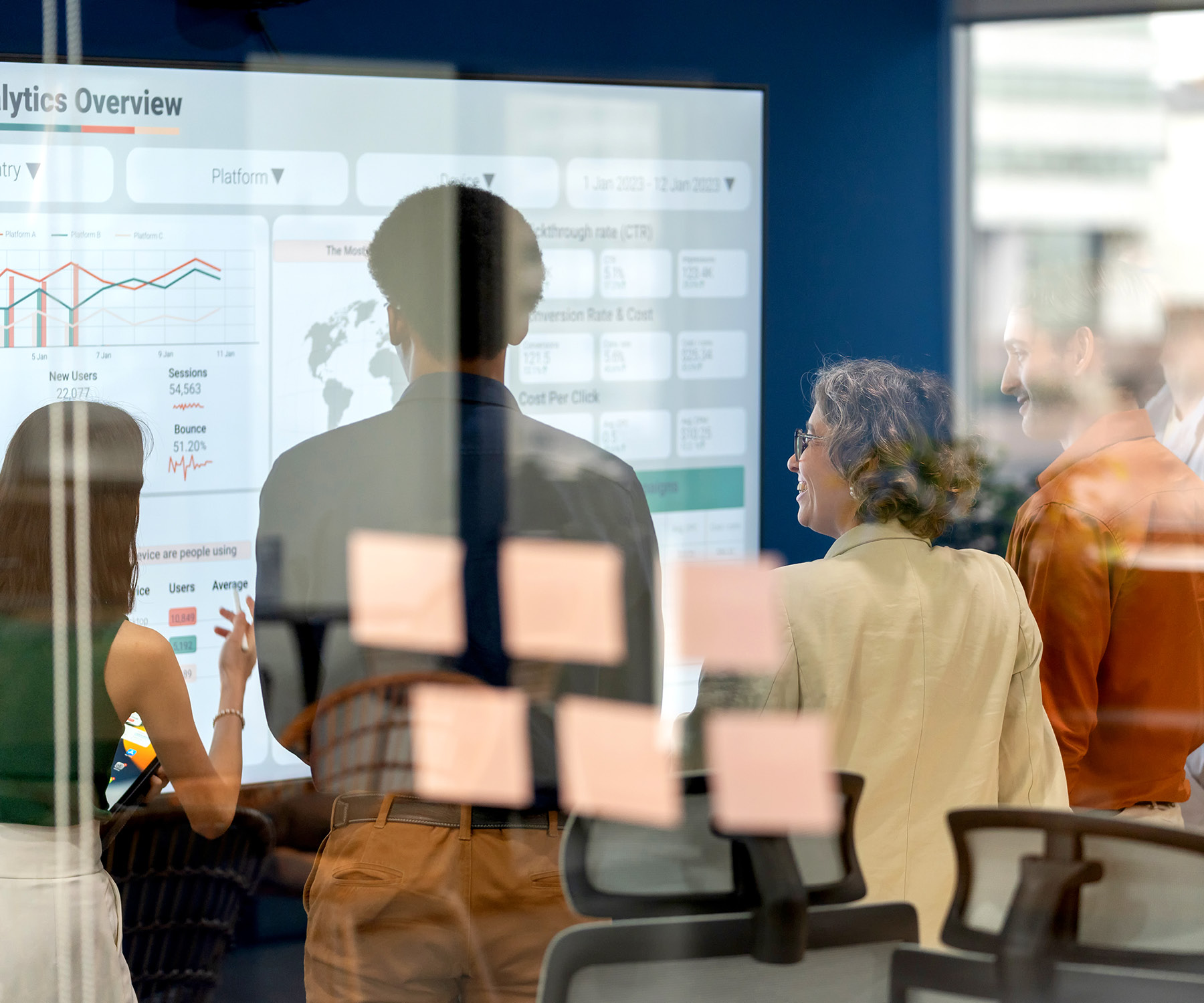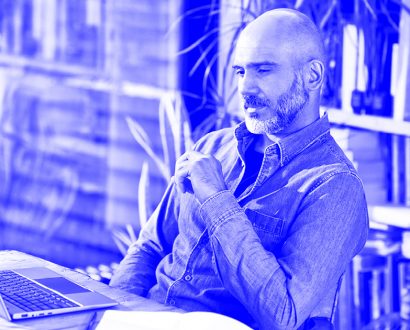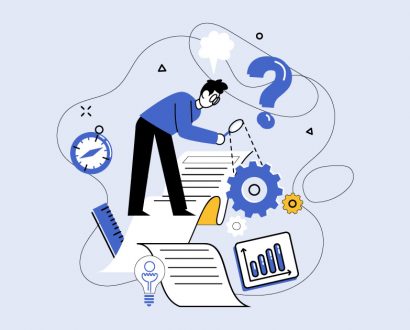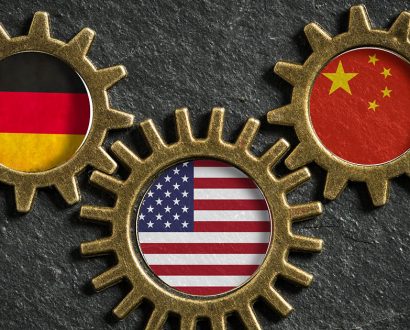Recently, many CEOs have made a significant effort to advocate for policies to achieve net zero emissions.
A notable example is the Alliance of CEO Climate Leaders, a group facilitated by the World Economic Forum that represents US$4 trillion in revenues and 12 million employees around the world. These members have been vocal in encouraging both businesses and governments to become meaningfully involved in the effort to get to net zero.

Leaders must balance two crucial objectives: building resilience to climate impacts and integrating sustainability into the heart of their business strategy.
Australia is already underway with its Net Zero Plan, which aims to guide the country’s transition to net zero greenhouse gas emissions by 2050. The plan will lay out policies and measures to drive down emissions across all major sectors of the economy. It aligns with both international commitments under the Paris Agreement to limit global warming and domestic targets, including a new emissions reduction goal for 2035.
To achieve this, CEOs must take the lead in driving action. But how can they do this effectively?
Leaders must balance two crucial objectives: building resilience to climate impacts and integrating sustainability into the heart of their business strategy. Failing to address these challenges can lead to severe economic impacts, as shown by the 2019–2020 Australian bushfires, which cost Insurance Australia Group over US$621 million and harmed its financial performance and stock price.
Data the key to drive sustainability
CEOs make decisions based on numbers. They need not only data, but also the right technology and people to generate insights.
This requirement is particularly true when it comes to decision-making around climate change and sustainability. Business leaders want to be well prepared to address climate events. However, they need access to data that identifies the most probable future scenarios and their impact on companies’ business models.

CEOs make decisions based on numbers. They need not only data, but also the right technology and people to generate insights.
Only then can leaders strategize properly, make informed, data-centric decisions around sustainability and ultimately climate-proof their businesses. Without these details and insights, CEOs may struggle to pivot toward more sustainable operations.
While it is common for organizations to conduct data-driven business analysis, prior analyses were not often performed with sustainability in mind. For many organizations today, this tendency has changed.
Within the oil and gas industry, which has long been dependent on regulations and constant shifts in industry and market demands, climate risk analysis is now a matter of survival.
The power of digital twins
Energy organizations in Australia have recently begun investing assets in renewable energies to mitigate risks. Heavy industries, or those working with infrastructure involving hard-to-abate sectors – such as steel, cement and aviation – are also facing significant risks associated with climate change.
Infrastructure assets and their supply chains may also be highly exposed, and reinvesting in more sustainable assets isn’t always possible.
These hard-to-abate sectors can benefit from scenario analysis supported by digital twins and data-driven solutions. By conducting effective simulations, businesses can identify critical uncertainties and assign more accurate probabilities to each of the scenarios these uncertainties define.
In addition to obvious potential pitfalls linked to the progressive impact of climate change, key sources of uncertainty include regulations, consumer and stakeholder behaviors, technological advancements and pricing.

By conducting effective simulations, businesses can identify critical uncertainties and assign more accurate probabilities to each of the scenarios these uncertainties define.
Using digital twins built on open platforms to simulate, federate, visualize and analyze the data can be helpful in facilitating data-centric approaches and mitigating siloed challenges.
One good example of this approach is ClimaTwin, built on Bentley’s open digital twin platform, iTwin. This startup connects complex climate models and infrastructure digital twins to provide risk intelligence and assess adaptation actions, such as for electric utilities.
Technology that will enable companies not just to gather diverse pools of data, but to also integrate them meaningfully, will help drive strategic decision-making even as climate change creates more complex problems to solve.
Leveraging talent
To generate accurate climate risk analyses that support CEOs’ strategic decisions, it is also essential to have qualified experts that can provide valuable insights.
CEOs must tap experts who grasp the business and environmental context and can deliver actionable insights from data. These professionals must be able to combine business experience with scientific knowledge to navigate multiple areas and disciplines.
However, environmental professionals are now in such high demand globally that there are simply not enough of them to fill all the roles that require their expertise.

To generate accurate climate risk analyses that support CEOs’ strategic decisions, it is also essential to have qualified experts that can provide valuable insights.
This high demand is due to the increasing urgency of climate change, regulatory pressures and the need for sustainable practices across industries. The scarcity of qualified individuals means that organizations are struggling to find and retain the talent required to address these critical environmental challenges.
As businesses and governments ramp up their sustainability initiatives and compliance efforts, the gap between the demand for skilled environmental professionals and the available workforce needs to be addressed.
Getting to net zero
To get closer to Australia’s net zero goal, CEOs need help resolving regulatory inefficiencies, consolidating disparate forms of data, managing projects and determining the best way to operate given the dynamic state of play.
Digital twins offer a powerful tool for facing these challenges. These solutions allow company leaders to leverage infrastructure intelligence in scenario analyses, break down communication and information barriers and access expertise and data from anywhere around the world – all within an open, interoperable and collaborative platform.
More than ever, business leaders and CEOs must rely on data and technologies that yield these capabilities to make the necessary pivots and strategic transformations to climate-proof their businesses and maintain a true competitive advantage.







